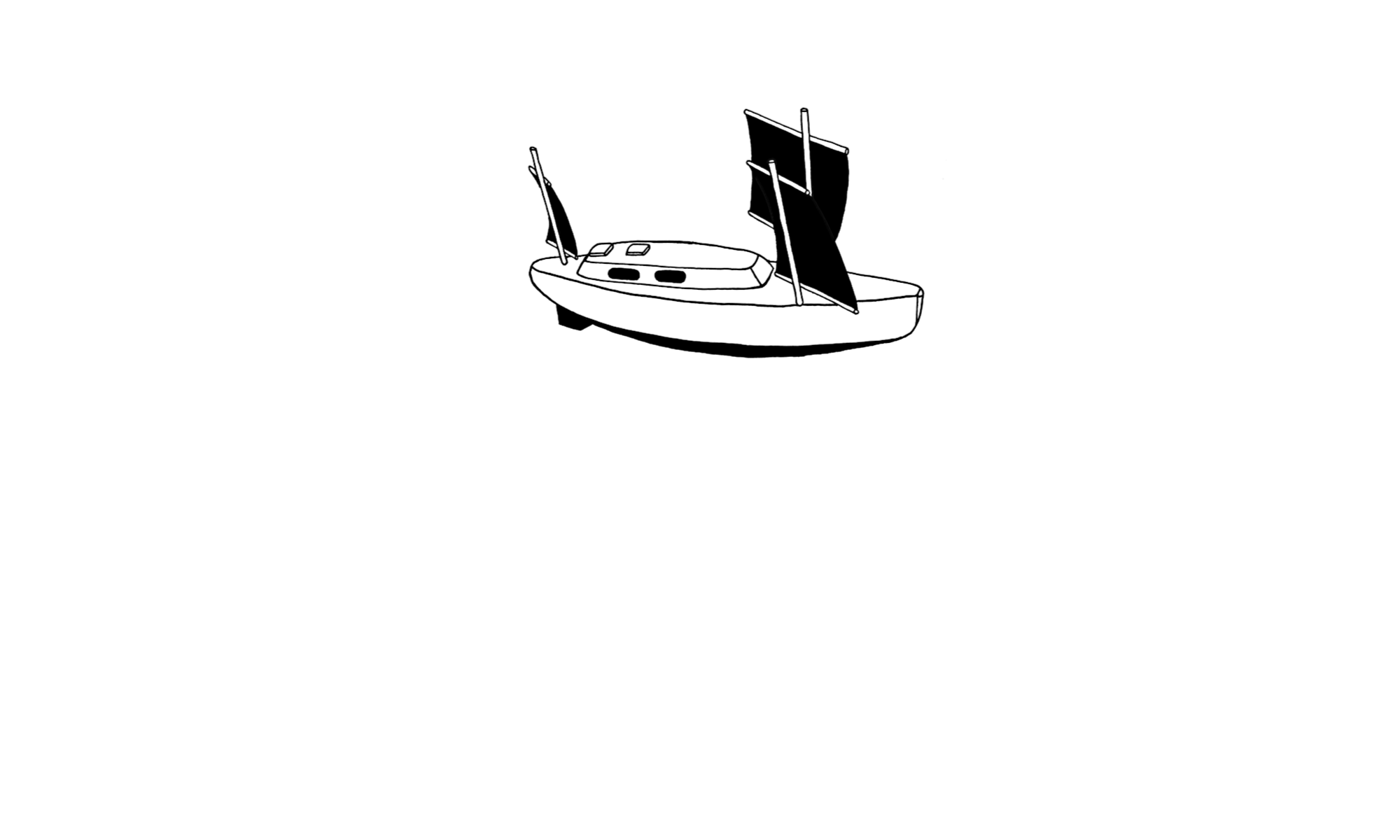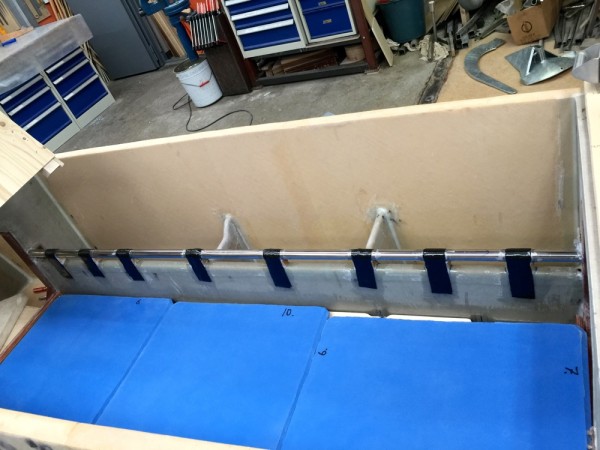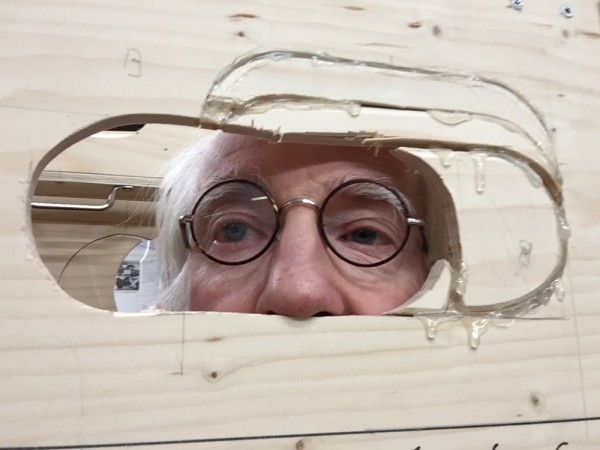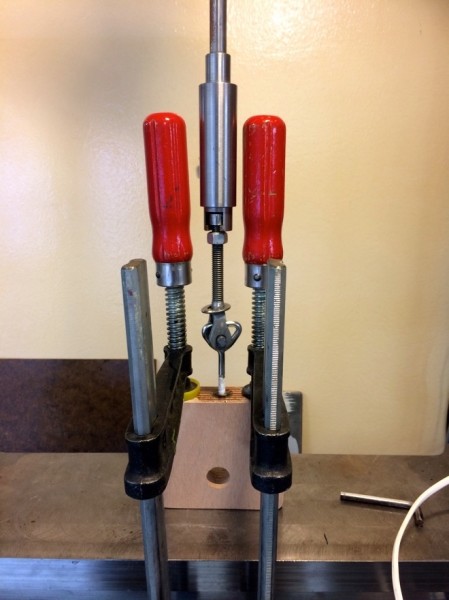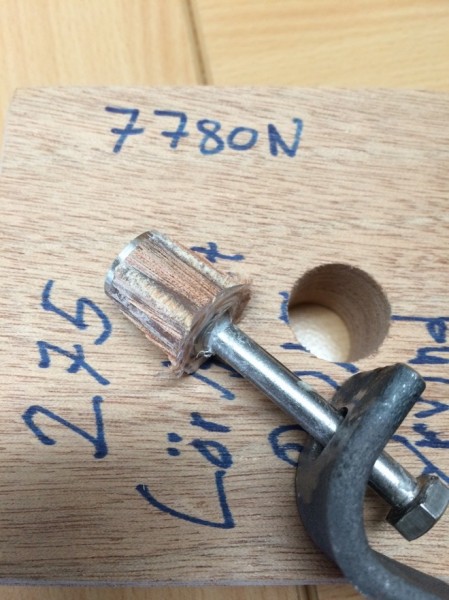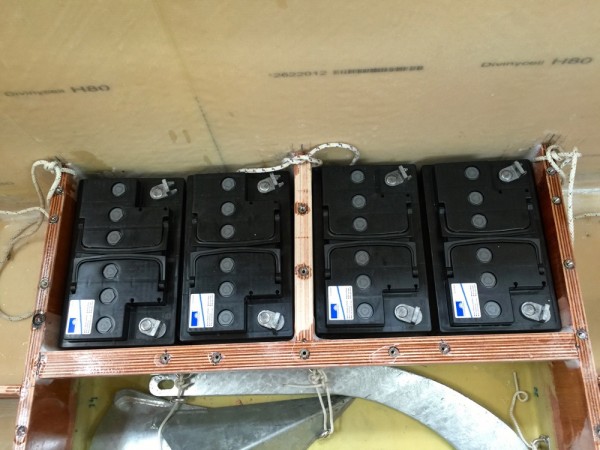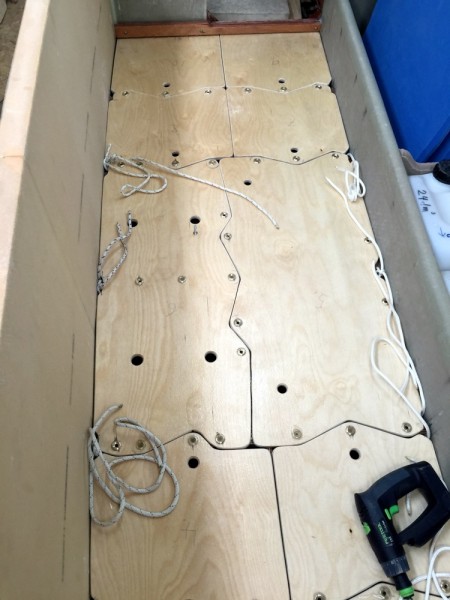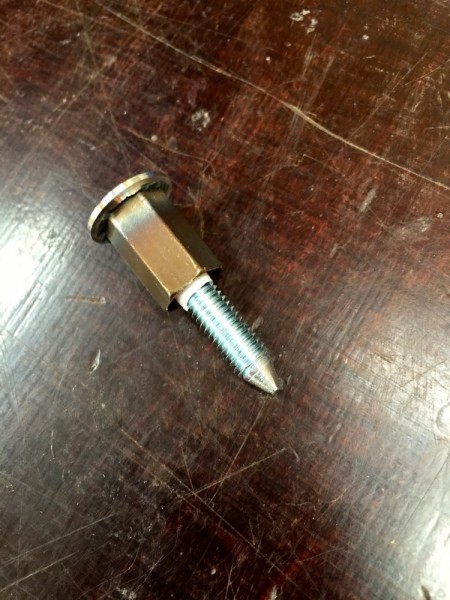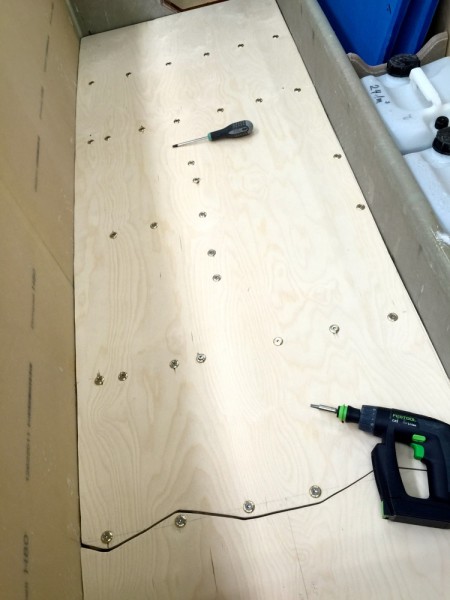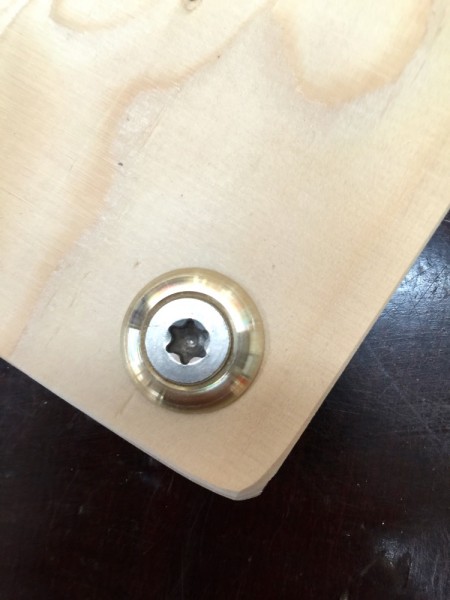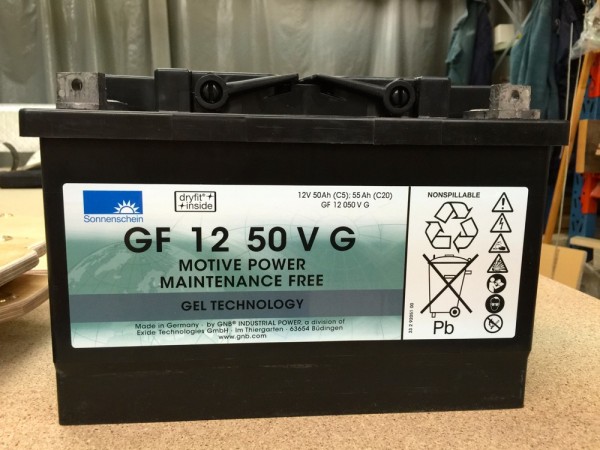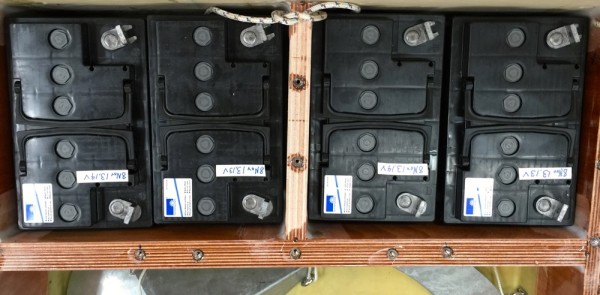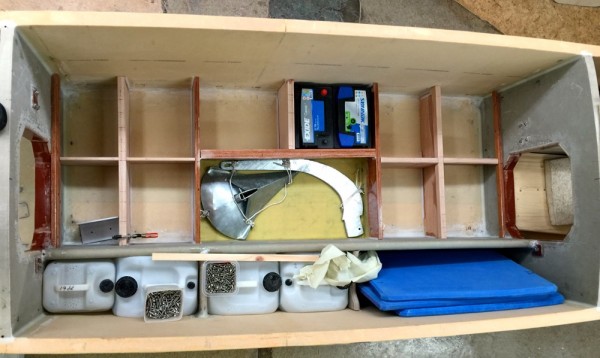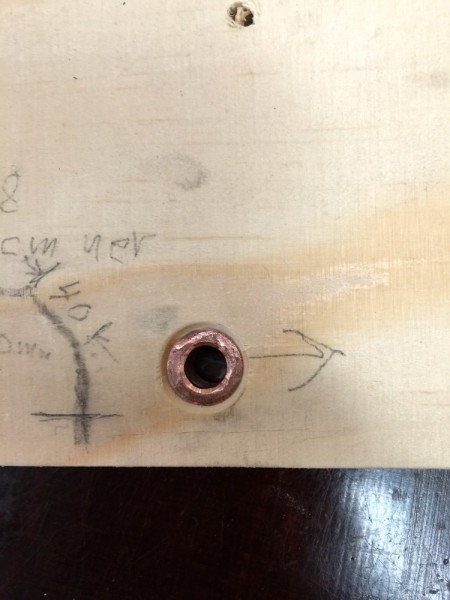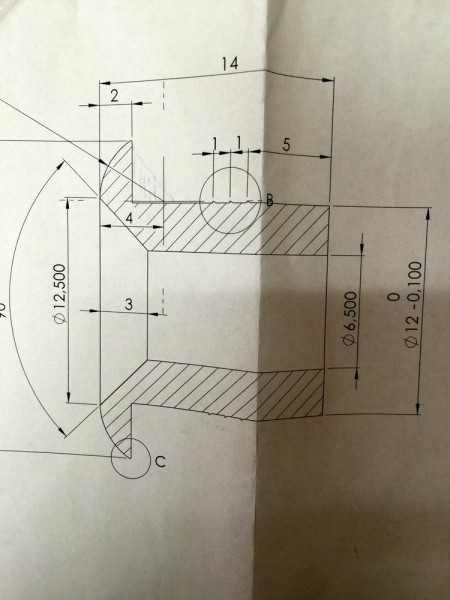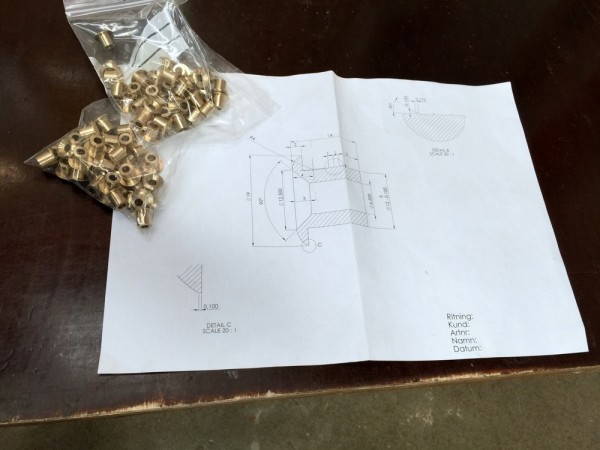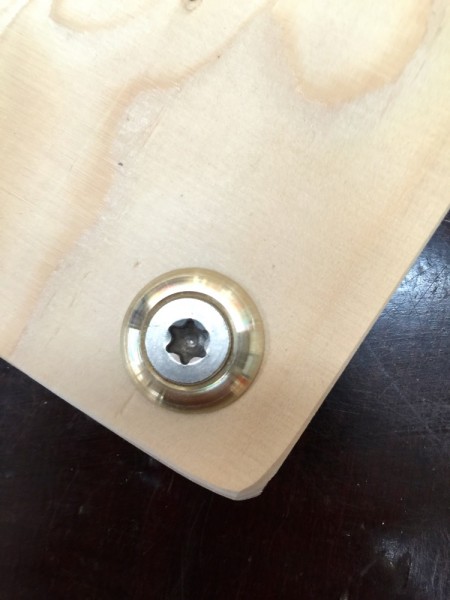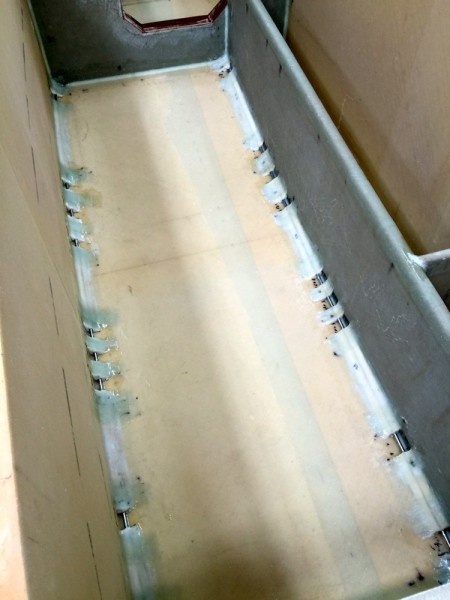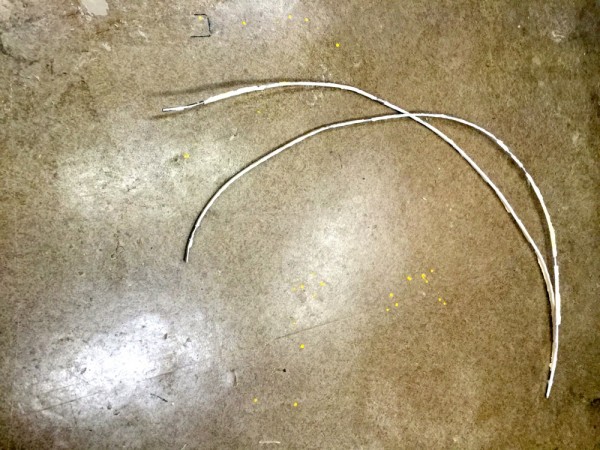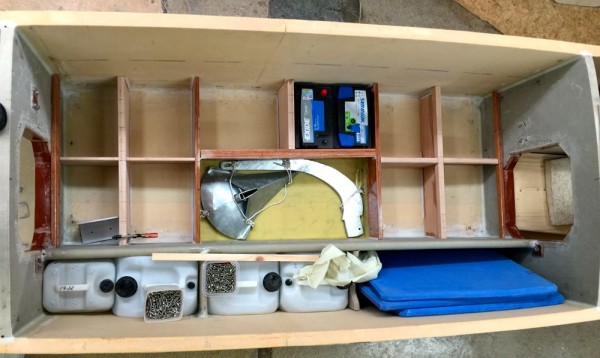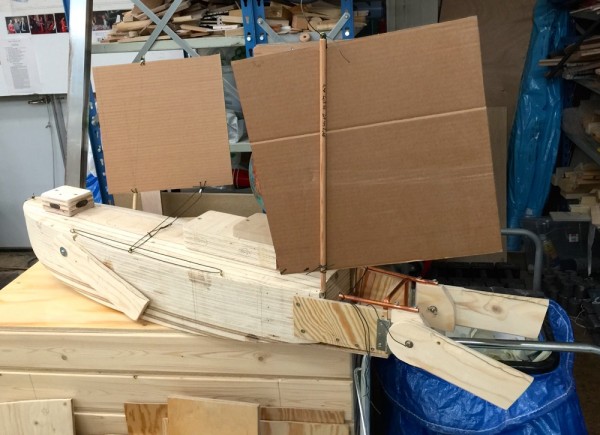For some time I had planned to go visit my friend Yrvind and look at his new creation. Even though we talk on the phone regularly and I look at pictures of the boat it´s something else meeting in real life. And at this occasion I could help out with bringing the new batteries from Gothenburg. When I arrived last Friday Sven and my two other friends Mia and Petter had prepared a welcome dinner with great food. During the evening we talked about everything from boats, traveling to the ongoing tragedy in Syria.
The next day we went to the work shop to look at the boat in the making. I got to play ”devils advocate” being skeptic about the parameters and features of the new boat. I tried hard to find shortcomings and with trouble I found a couple. For every shortcoming I found Yrvind had a more or less excellent respond to why his solution was the better way of solving it. After leaving the role as devils advocate I could start giving compliments to the new boat. For example the sail handling will most likely be as light and easy as taking care of windsurfing sail, which will be valuable in hard conditions. The two hatches will pretty much give access to the whole boat and walking on deck can be avoided in most occasions. The endless sheeting system will enable Yrvind to maneuvering the sheet from either one of the hatches independently, for example he won’t have to go to the aft hatch to adjust the sheet when fixing something in the front or vice versa. After that we helped Petter and Mia with their boat preparing it for the winter.
Last time I visited Yrvind I found a safety harness for climbing, still in its box, and asked what it was for. The respond was that he would use it and a rope to repel him self down if the apartment building would catch fire. This time it was still in the box and we decided to do a fire drill to really be prepared for the possible fire. With excellent control Yrvind climbed over the fence of the balcony and repelled him self down all the way to the ground, now he has a fully tested escape route.
It´s always a pleasure to go visit one of my best friends, thank you Yrvind!
Regards,
Thomas Grahn (or by Yrvind refereed to as Captain)
Captain Thomas Grahn came 2007, then 19 years old, to Västervik, with a friend. Their intention was to cruise the world with an 30+ old 27 foot Vega. They wanted some advice.
I told them that it was better to spend their few Kronor on food than on an expensive delicate selfsteringcontraption and use sheet to tiller steering instead.
Thomas friend decided not to come so I decided to come in his place as a mentor. We sailed to Florida together and visited small boat sailor Matt Layden in Jensen Beach.
Captain spent the winter cruising the Bahamas, then sailed singlehanded back to Sweden.
Next year he delivered a yacht from Florida to Eurupe.
An other year he cruised French Polynesia as Captain of a charter boat.
He has also skippered charter boats in Croatia.
He is now one of our more experienced yachtsmen.
We still spend time together and enjoy it.
Below are some pictures.
Captain kiting
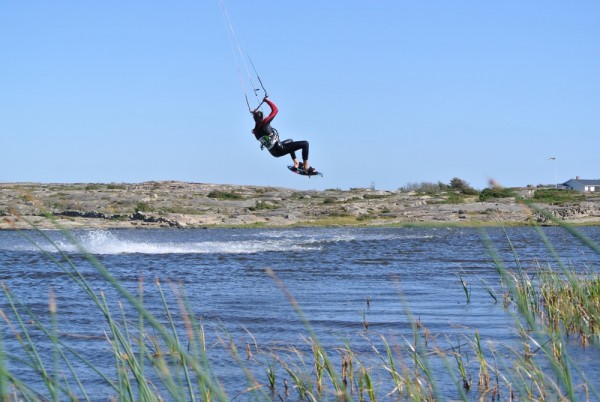
Captain and Petter, a common friend,
regarding a different kind of craft.
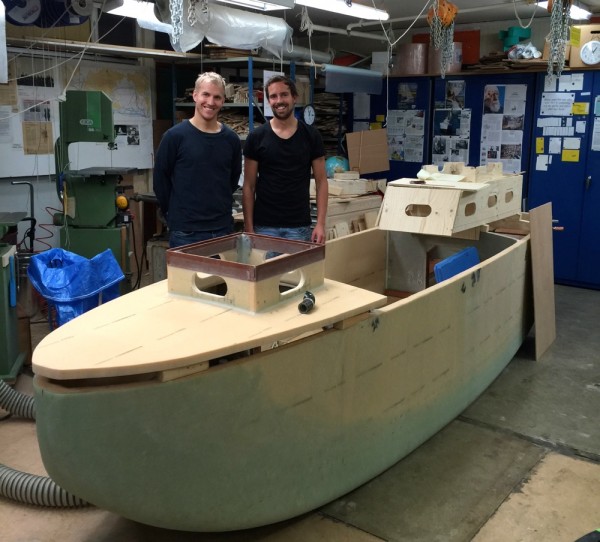
Regards Yrvind.
Like this:
Like Loading...
